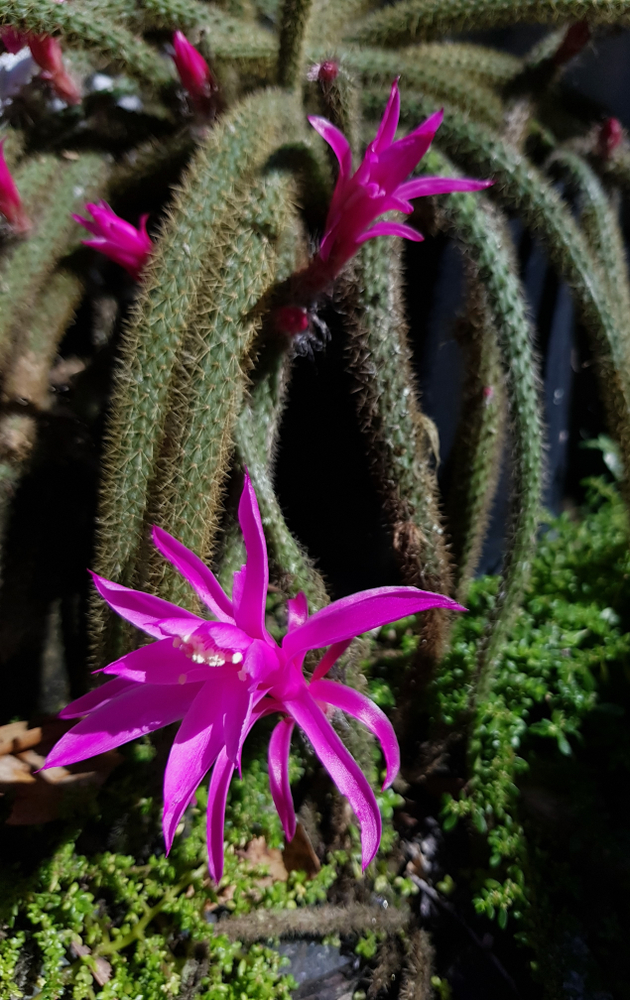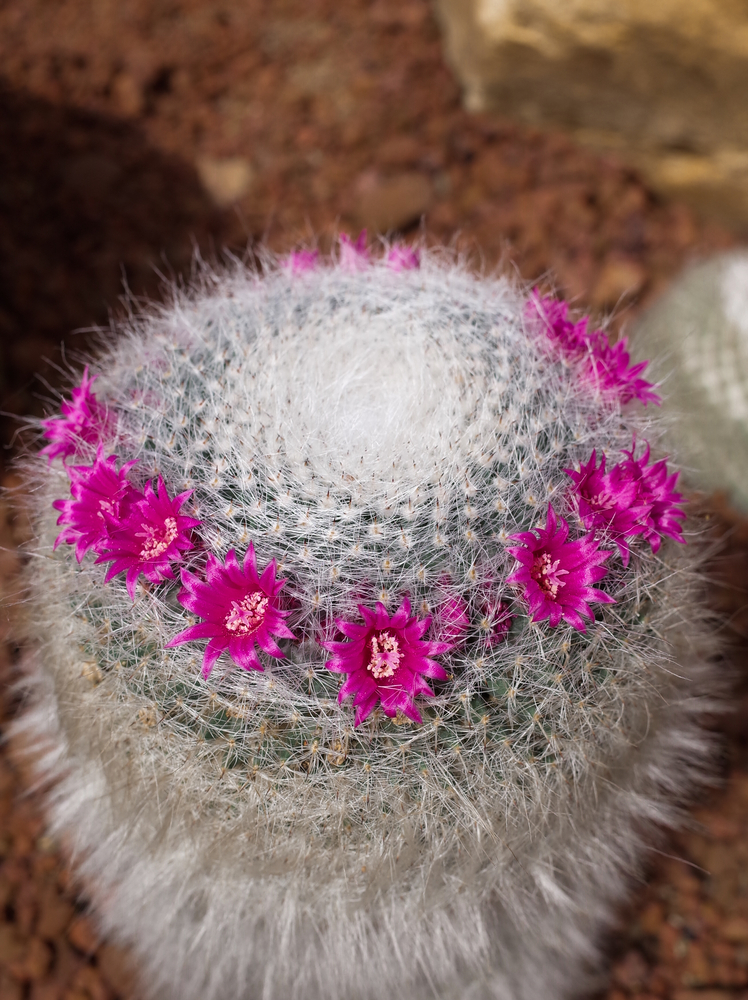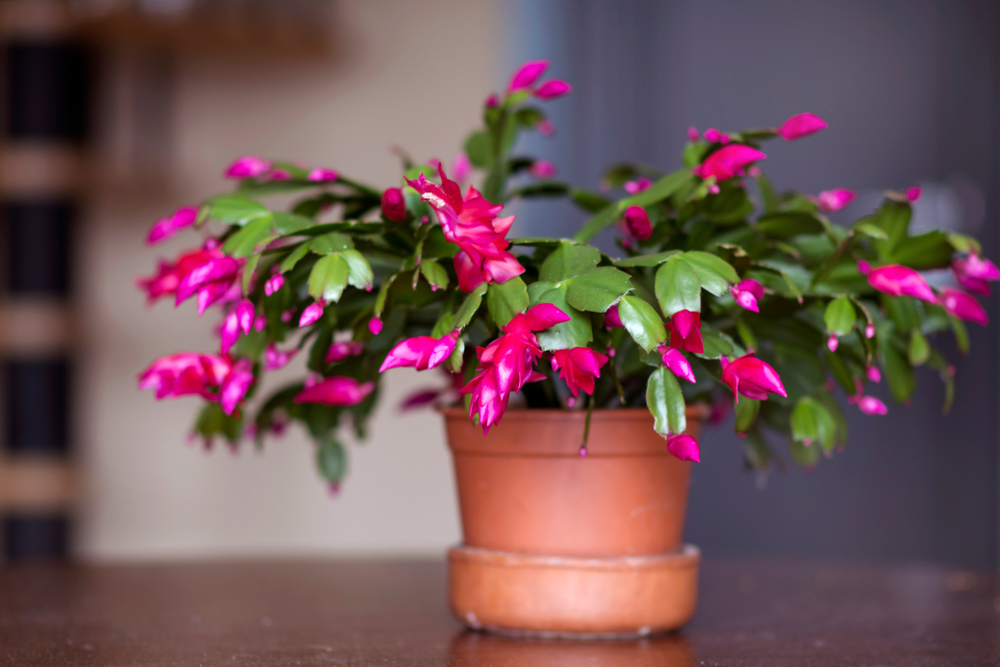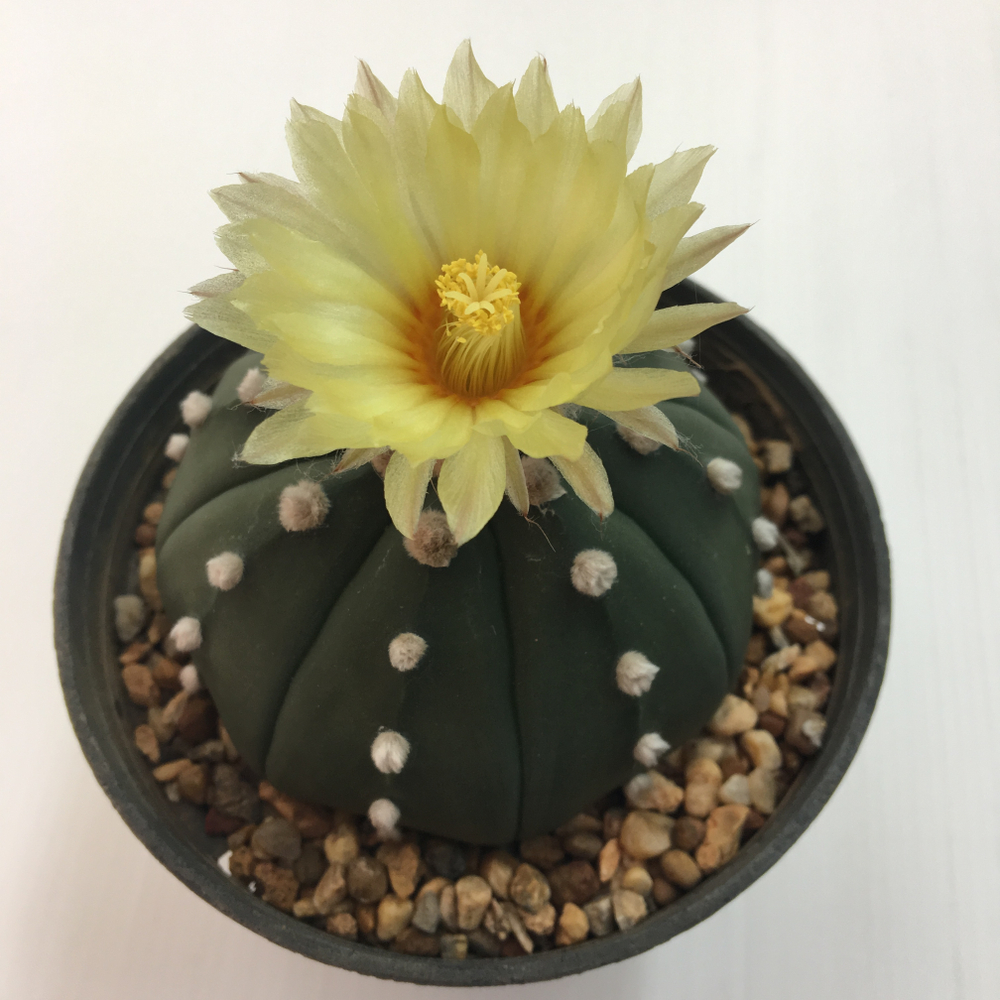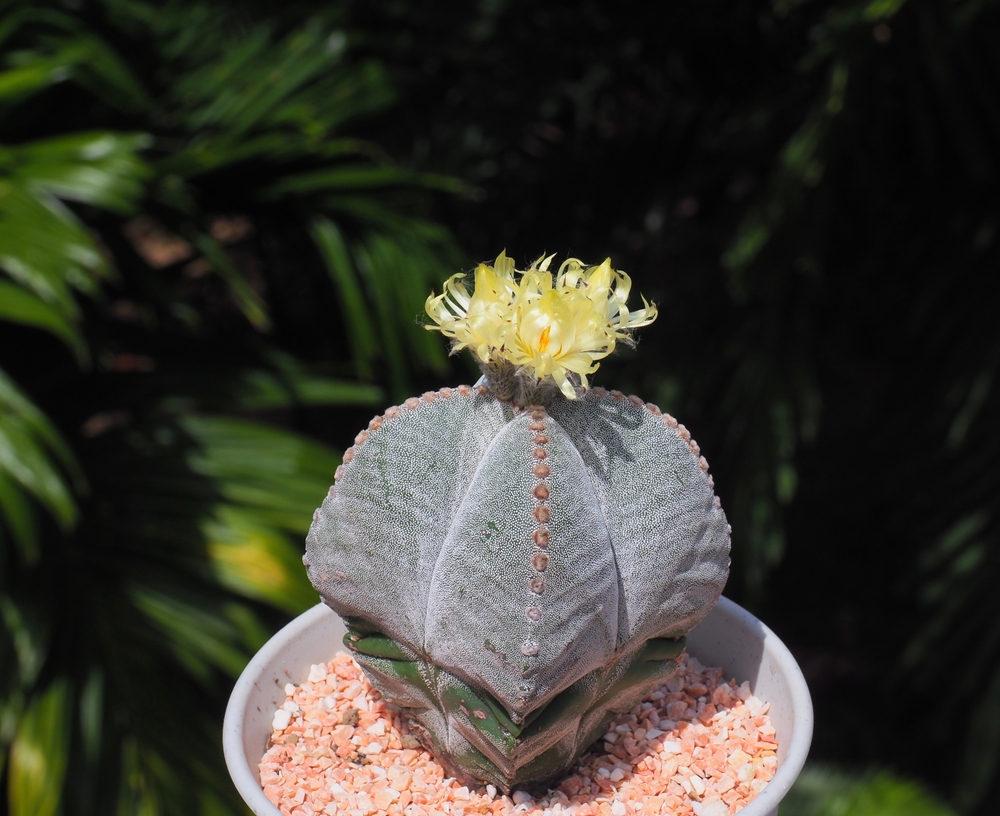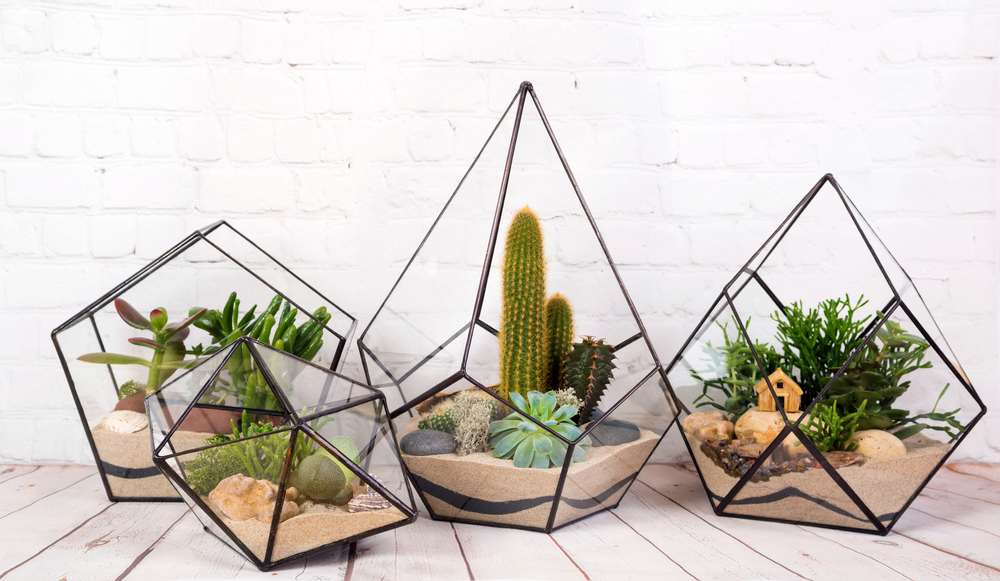HousePlantJoy is supported by our audience. When you purchase through one of our links, we may earn a small affiliate commission. As an Amazon Associate I earn from qualifying purchases. Your cost is not affected.
==================
Many people shy away from cacti because they think all cactus varieties grow huge and require a lot of maintenance. While some varieties of cacti do get pretty big, there are also a ton of varieties that stay small. In this blog post, we’ll look at six different types of small cacti that are perfect for beginner plant enthusiasts or anyone who doesn’t have a lot of space.
Cactus Varieties That Stay Small
Make Great Houseplants
Cacti are a great option for people who want to add a bit of greenery to their home but don’t have a lot of space. They come in all shapes and sizes, and some varieties even stay small, making them perfect for windowsills, desks, and other small spaces. Read on to learn about some of our favorite varieties on cacti for small spaces.
Moon Cactus
The Moon Cactus (Gymnocalycium mihanovichii or Hibotan cactus) grow in a variety of bright colors. Look for vibrant orange, brilliant hot pink, and a striking yellow that appears almost neon.
While they create a stunning display of color, they do so in a small space. Most grow to about 1/2 inch diameter although a few reach 8 inches in diameter. Their height usually reaches about 4 inches high and rarely exceeds 12 inches, making them ideal indoor plants.
Moon Cactus plants offer great looks with low maintenance, perfect for beginners and more experienced plant lovers. They prefer a brightly lit locations but not direct sunlight as this can burn them. As with any cactus, they require minimal watering. Overwatering often leads to root rot and eventual death of this delightful plant.
Bunny Ear Cactus
Opuntia microdasys, commonly called Bunny Ear cactus, also known as Angel’s Wings Cactus, fit perfectly in most homes and offices. In fact, it happily retains the popularity as one of the most well-known and often kept varieties of cacti. The name comes, of course, from the pads that grow in the shape of bunny ears.
Like most cacti, Bunny Ear grows rather slowly. In the desert, it might reach an impressive 3 feet in height. However, in your home, they rarely reach even 2 feet and even then, do so quite slowly.
They provide an interesting appearance and texture. However, these cacti, like most, require little in the way of care. Keep them in a sunny location with low humidity and water infrequently. That’s it! Your Bunny Ear cactus plant displays it’s greenery!
Rat Tail Cactus
For an interesting plant in your home, consider the Rat Tail Cactus, Aporocactus flagelliformis, . It grows long, trailing stems that create the effect leading to its name. These stems offer a unique effect when grown in a pot on your shelf or counter. But for an amazing display, pot them in a hanging basket, allowing the stems to trail over the sides. This also allows them to have space to grow and enough air flow for best health.
The Rat Tail cactus occasionally produces flowers in the spring and early summer. The blooms normally show in a violet-red color but sometimes orange or pink. Beautiful and unique! These large flowers appear tubular but only last a few days so prepare to get good photos.
Old Lady Cactus
Another unique appearing cactus variety, Mammillaria hahniana, commonly known as the Old Lady Cactus provides a story all its own. It grows as one spherical stem, reaching only about 4 inches tall and 8 inches wide. The name comes from the tubercules which appear as strands of grey hair. Over time, as the plant ages, they appear to cover the surface in a very distinct pattern, often curling.
This cacti variety blooms prolifically and begins flowering when quite young. With proper care, it provides flowers most of the year. And caring for this plant is easy. Provide plenty of sunshine, indoor light is fine, and an occasional light watering.
Christmasl Cactus
The beautiful Christmas cactus, Schlumbergera bridgessli, sports a name that depicts when it blooms. Indeed, this lovely plant brings forth flowers just in time for the holiday season.
This cactus variety prefers a more indirect, but still bright light. Direct sunlight causes leaves to burn, damaging the plant. A moderate indoor environment is preferred with a little more water than its other cousins, but still needing that well-drained soil. For best blooming, keep this plant at about 65°F and keep the soil moist, but not water-logged. Apply a high potassium fertilizer about every two weeks.
Looking for a plant to propagate for yourself or sharing with others? The Christmas Cactus is easy to cultivate from cuttings. For a gift, include a little note about the easy care instructions.
Star Cactus
Looking for a tiny cactus? Consider the Star Cactus, Astrophytum asterias. It grows to about 3 inches tall and 6 inches wide. It’s grayish-brown color is highlighted with white dots protruding. With a ribbed structure, it makes for a unique, if small, décor plant. In the spring months, it often produces yellow flowers with orange centers.
What it lacks in size, it more than makes up for with it’s unique appearance and easy maintenance. This little gem is a typical cactus needing direct, bright light and minimal watering. Please remember that cactus prefer low humidity space. If you live in a high humidity region, these little beauties prefer to share the inside of your home, but still require bright light.
Note that the Star Cactus is quite easy to propagate from the seeds it produces. It’s also important to know that this variety is classified as endangered, so propagation by growers and plant owners is needed.
Bishop’s Cap Cactus
Astrophytum Myriostigma, commonly known as the Bishop’s Cap Cactus or Monk’s Hood Cactus offers another unique shape in a small plant. In the wild in their native Mexico, these might grow to 2 feet tall. In your home, they stay much smaller and make ideal houseplants.
The Bishop’s Cap Cactus requires basic minimal care to thrive and often flowers most of the year. Lacking in those sharp spikes that many cacti have, this one is much safer for children and pets.
Unlike many cacti, the Bishop’s Cap Cactus prefers a bright shady environment and moderate watering. However, it does still require a well-drained potting mix.
Check Out the Cactus Varieties at JoyfulEco.com
Cactus varieties that stay small offer big advantages
Small Cacti provide the perfect plant to spruce up your home without taking up too much space. Plus, they make great terrarium plants, too! If you are looking for a low-maintenance plant, consider one of these small cactus varieties.
Do you have a favorite small cactus? Please let us know in the comments below.





